An engineer with the Deep Space Network figured out a way to decode a mysterious “new signal” coming from NASA’s Voyager 1 spacecraft.
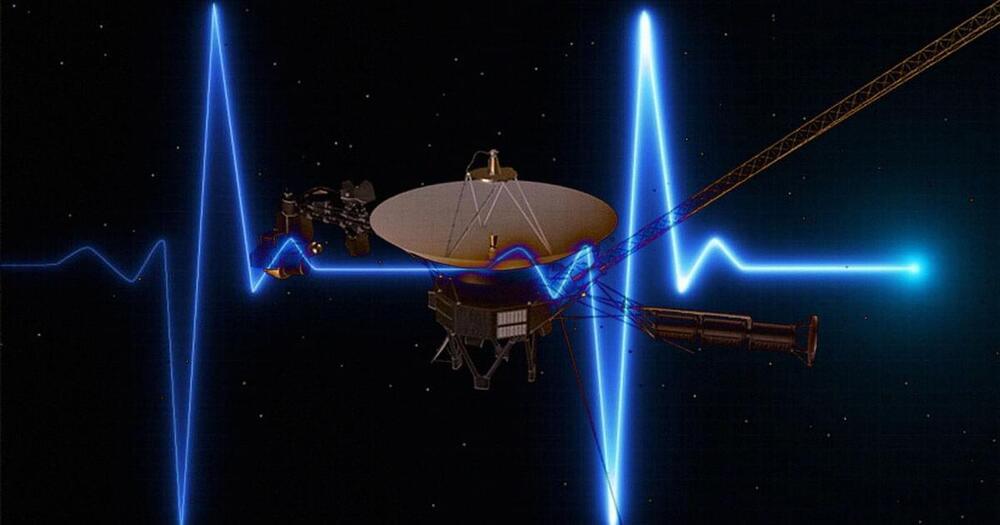

Following the announcement of its partnership with OpenAI, tech startup Figure has released a new clip of its humanoid robot, dubbed Figure 1, chatting with an engineer as it puts away the dishes.
And we can’t tell if we’re impressed — or terrified.
“I see a red apple on a plate in the center of the table, a drying rack with cups and a plate, and you standing nearby with your hand on the table,” the robot said in an uncanny voice, showing off OpenAI’s “speech-to-speech reasoning” skills.
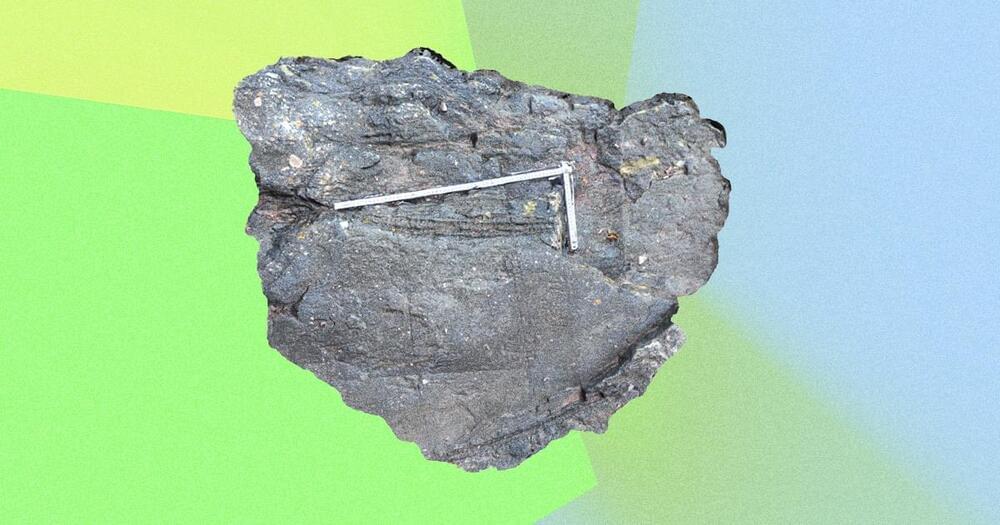
In a picturesque corner of England, along dramatic sandstone cliffs, researchers from the Universities of Cambridge and Cardiff have uncovered a wondrous discovery: 390-million-year-old fossilized remains of the oldest forest ever found.
Tantalizingly, this forest is unlike anything you could see in today’s natural environment. As detailed in a new paper in the Journal of Geological Study, the trees — which look like giant 13-foot thistles — are considered some of the first to appear in our planet’s long history.
Another notable feature about these trees, known as Calamophyton, is that they had hollow trunks and were composed of smaller, multiple trunk-like strands ringing the hollow. The smaller trees would expand and eventually grow so thick and big that the entire structure would split apart.
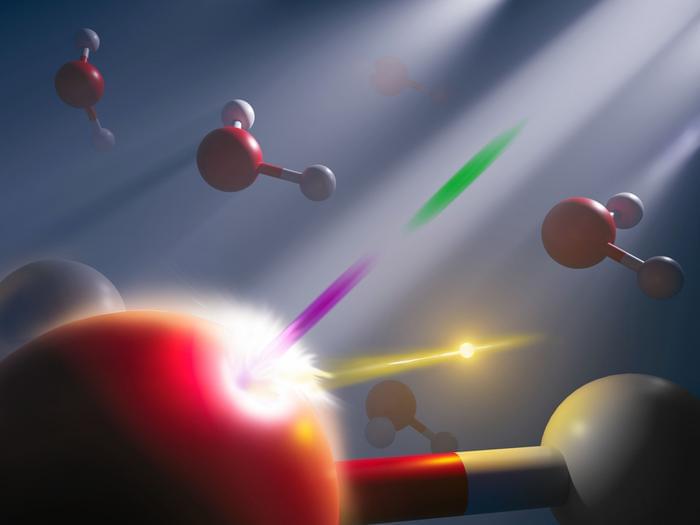
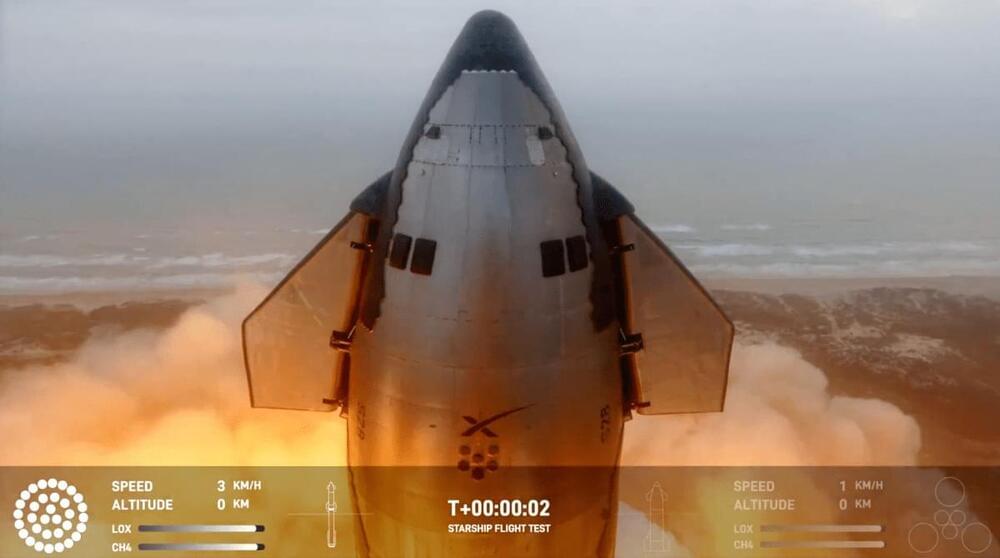
SpaceX is continuing to make progress on the development of Starship, the largest rocket ever built, with the third test flight Thursday accomplishing considerably more than the previous two tests.
The 400-foot-tall Starship rocket lifted off from SpaceX’s Starbase facility in southeastern Texas at 8:25 a.m. local time. Although SpaceX has been developing Starship for years, this is only the third time the company has attempted an orbital mission.
After liftoff, Starship proceeded through a nominal — aerospace speak for normal — ascend. All 33 Raptor engines on the Super Heavy booster performed as designed, and the two stages separated around 2 minutes 45 seconds into the mission. Critically, the launch vehicle nailed a novel stage separation technique called “hot staging,” where the upper stage (also called Starship) lights its engines to push away the Super Heavy booster. The hot-staging technique was performed for the first time, ever, during the second Starship test flight last November.
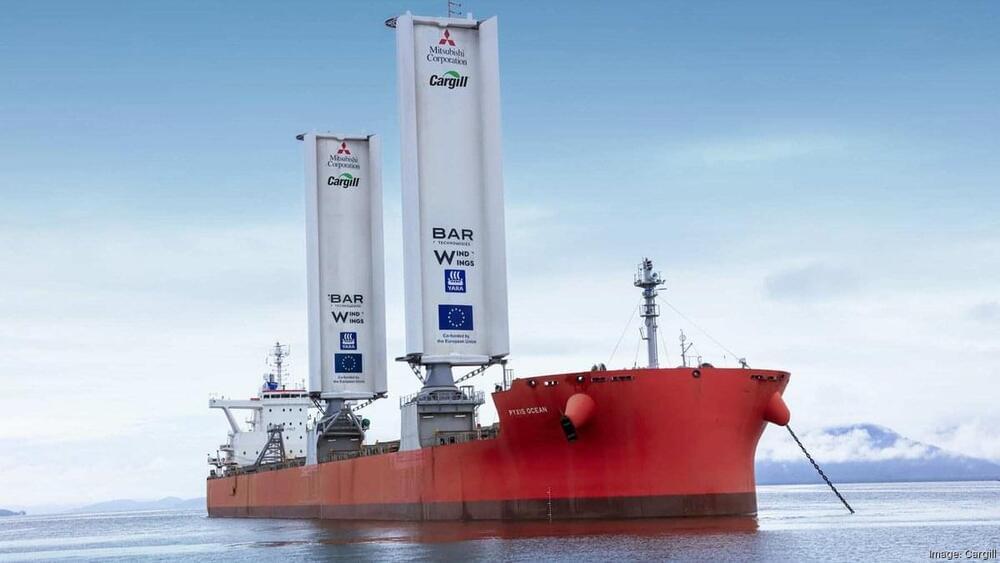
Results are in from the six-month test of the Pyxis Ocean, a cargo ship outfitted with fiberglass sails as part of a fuel-saving test by Cargill Inc.
The Wayzata, Minn.-based agriculture giant said the partially wind-powered cargo ship saved an average of 3 tons of fuel per day and 11.2 tons of carbon dioxide emissions. Cargill calculates that this savings would be the equivalent of taking 480 cars off the road.
In optimal conditions, the ship saved nearly 11 tons per day. That’s roughly a 37% decrease in carbon emissions. According to Ship and Bunker’s global 20 port average, that’s a savings of about $656 per metric ton in fuel. Most cargo ships are fueled by bunker fuel, also known as heavy fuel oil.
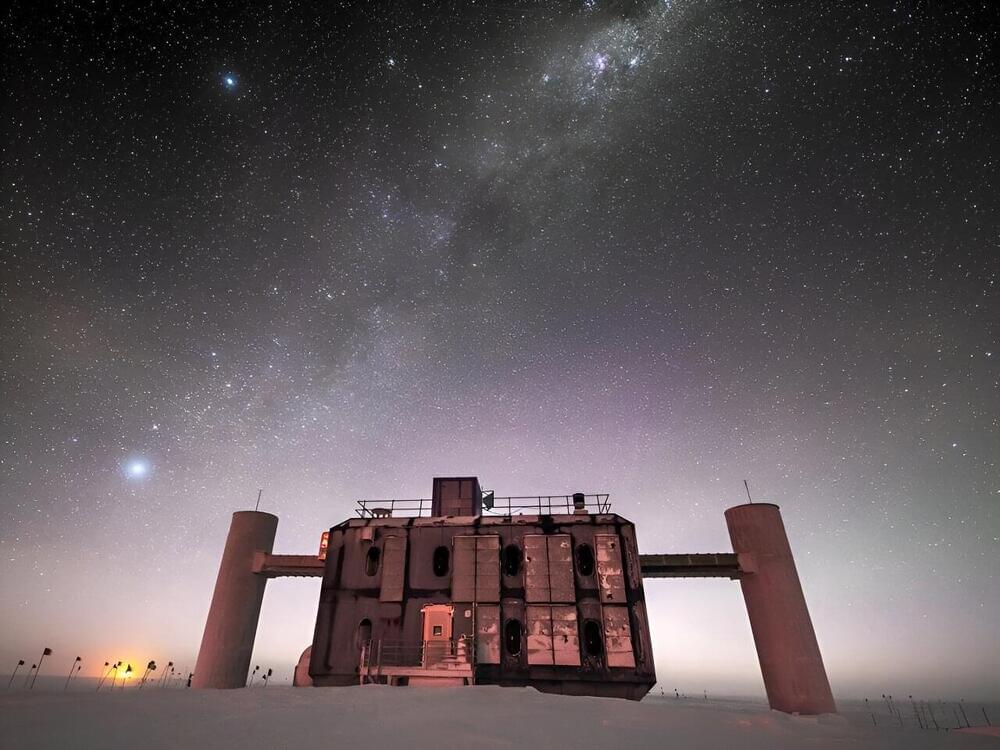
The IceCube Neutrino Observatory, a cubic-kilometer-sized neutrino telescope at the South Pole, has observed a new kind of astrophysical messenger. In a new study recently accepted for publication as an Editors’ Suggestion by the journal Physical Review Letters and available on the arXiv preprint server, the IceCube collaboration, including Penn State researchers, presented the discovery of seven of the once-elusive astrophysical tau neutrinos.
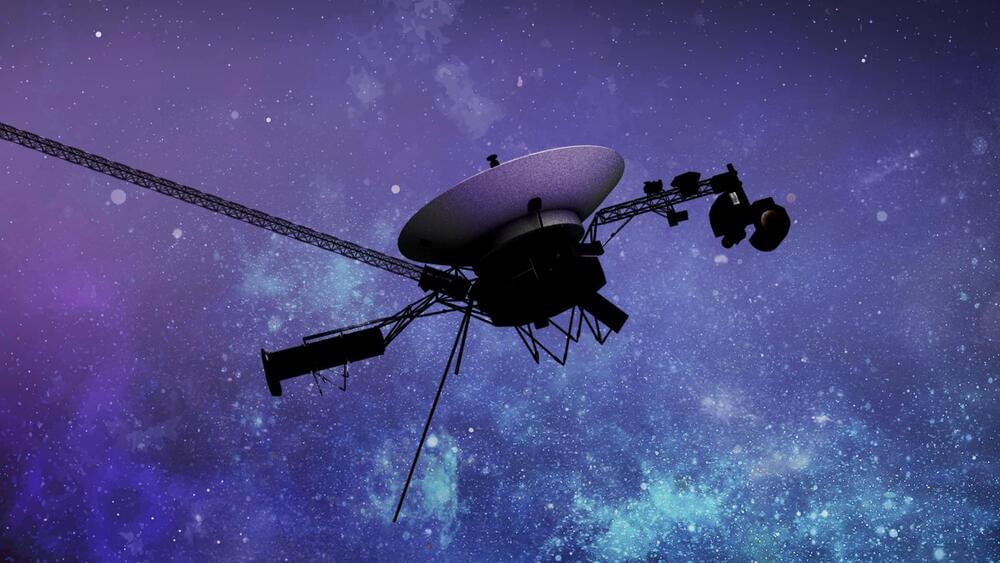
Since November 2023, NASA’s Voyager 1 spacecraft has been sending a steady radio signal to Earth, but the signal does not contain usable data. The source of the issue appears to be with one of three onboard computers, the flight data subsystem (FDS), which is responsible for packaging the science and engineering data before it’s sent to Earth by the telemetry modulation unit.
On March 3, the Voyager mission team saw activity from one section of the FDS that differed from the rest of the computer’s unreadable data stream. The new signal was still not in the format used by Voyager 1 when the FDS is working properly, so the team wasn’t initially sure what to make of it. But an engineer with the agency’s Deep Space Network, which operates the radio antennas that communicate with both Voyagers and other spacecraft traveling to the Moon and beyond, was able to decode the new signal and found that it contains a readout of the entire FDS memory.
The FDS memory includes its code, or instructions for what to do, as well as variables, or values used in the code that can change based on commands or the spacecraft’s status. It also contains science or engineering data for downlink. The team will compare this readout to the one that came down before the issue arose and look for discrepancies in the code and the variables to potentially find the source of the ongoing issue.
Scientists have created a communication network entirely based on light that enables seamless connectivity across space, air, and underwater environments. The new network design combines different types of light sources to ensure connectivity no matter the environment.
“In today’s world, data transmission is critical for communication, navigation, emergency response, research, and commercial activities,” said research team leader Yongjin Wang from Nanjing University of Posts and Telecommunications and Suzhou Lighting Chip Monolithic Optoelectronics Technology Co. Ltd., both in China. “This new wireless network enables uninterrupted connectivity across environments, facilitating two-way real-time data transmission between the network nodes that carry out communication and data exchange within and between networks.”
In the Optica Publishing Group journal Optics Express, the researchers describe the completely light-based communication network and demonstrate real-time video communication between network nodes. They also show that it can support both wired and wireless device access simultaneously and can carry out bidirectional data transmission between network nodes. Both capabilities are key for providing various services to different users at once.
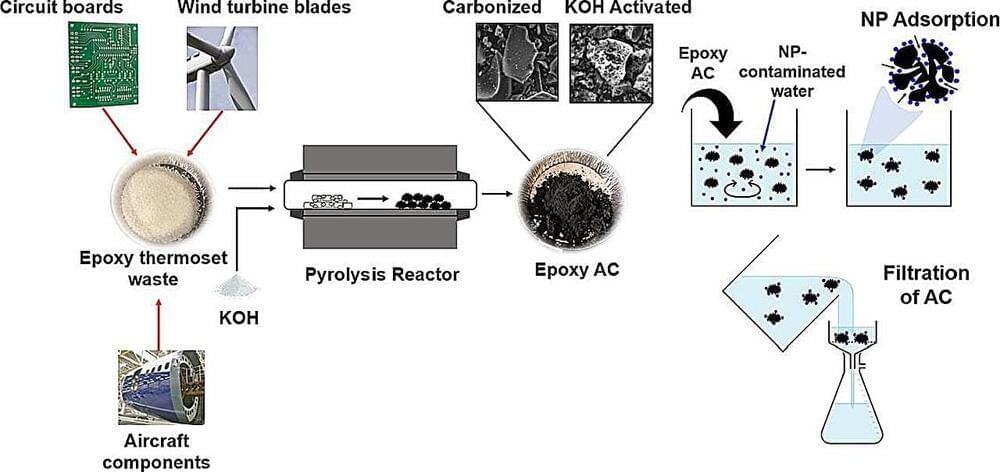
University of Waterloo researchers have created a new technology that can remove harmful nanoplastics from contaminated water with 94% efficiency. The study, “Utilization of epoxy thermoset waste to produce activated carbon for the remediation of nano-plastic contaminated wastewater,” was published in the journal Separation and Purification Technology.